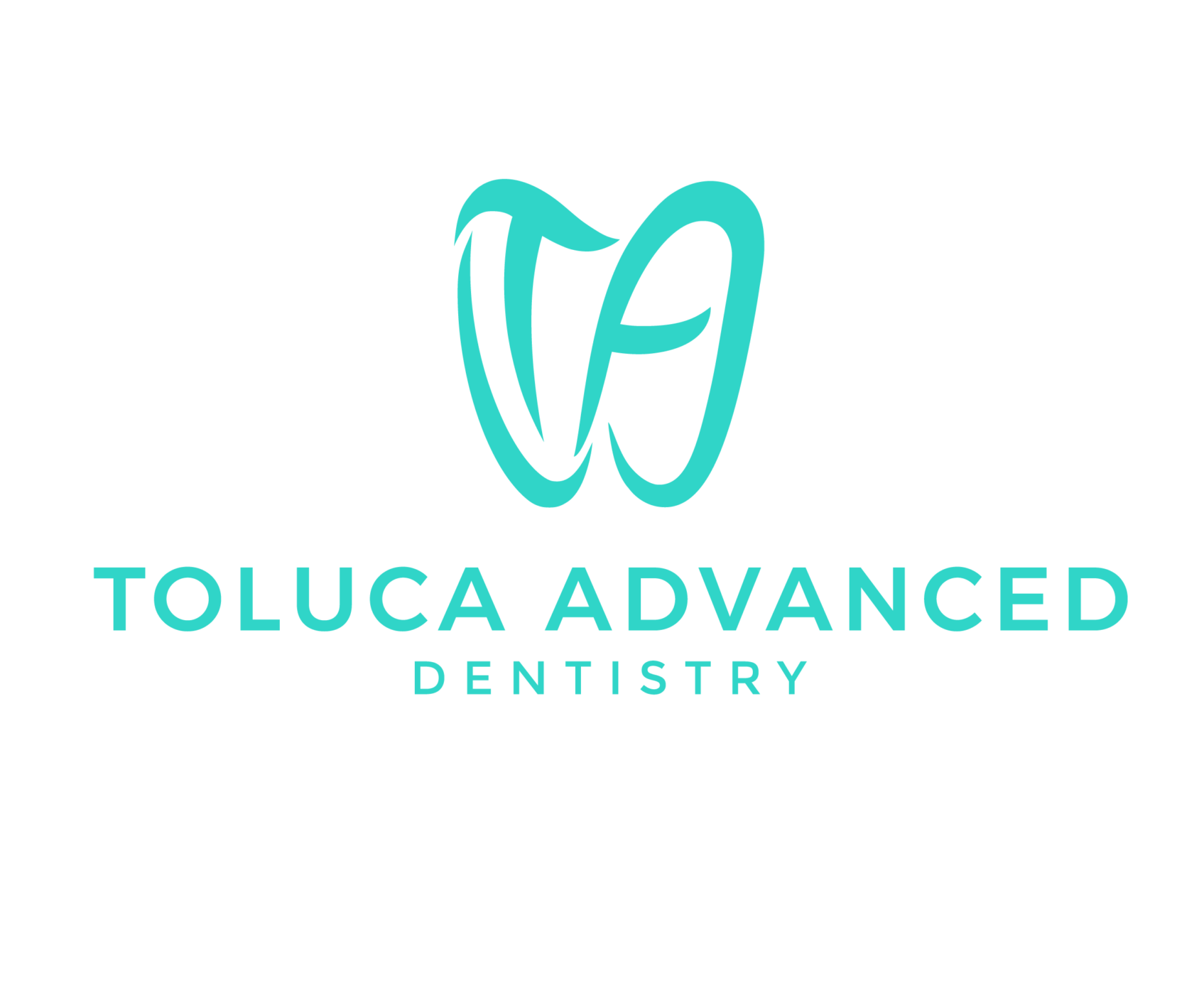It may seem that famous actors always have pearly white teeth, but most people’s smiles do not show teeth that white.
A number of different factors may affect the color of your teeth and give them a yellowish tinge.
Causes of tooth discoloration can be divided into internal and external categories.
Exterior paint sits on the enamel, the hard part that forms the outermost layer of the tooth. These colors usually come from the foods you eat.
Not surprisingly, dark-colored foods and beverages – including coffee, black tea, cola drinks, dark sauces, and a variety of fruits such as grapes, blueberries, and pomegranates – have the greatest effect on teeth coloring. These substances contain large amounts of chromogen or pigment-producing.
Acidic foods and beverages can worsen the condition by destroying tooth enamel and making it easier for chromo genesis to stick to teeth. Tannin, a bitter compound found in tea, also helps chromogens adhere to teeth.
In addition, smoking and chewing tobacco are known factors in the external discoloration of teeth, as well as poor dental hygiene, which leads to the accumulation of dental plaque.
Internal staining occurs inside the tooth when various factors alter the light-emitting properties of the enamel and dentin beneath it.
There are several medications that can cause internal staining. If children take tetracycline and doxycycline antibiotics while their teeth are growing (before the age of 8), their teeth may turn yellowish-brown.
In adulthood, chlorhexidine, a strong mouthwash used by a doctor to treat gingivitis (inflammation of the gums), may cause discoloration of the teeth. Minocycline, a tetracycline-derived anti-acne drug, also causes teeth to discolor. Even common medications such as antihistamines and antihypertensive drugs can sometimes cause teeth to turn yellow.
Overuse of fluoride and chemotherapy for head and neck cancers can also lead to tooth discoloration.
In addition to external and internal staining of teeth, two other factors are effective in tooth yellowing: genetics and aging.
Your teeth, like the look of your face or the color of your eyes, may be yellower (or whiter) than other people’s teeth. Part of this difference depends on the thickness of your enamel, which is translucent. This way, if you have a thin enamel, the natural color of the dentin under the enamel will show itself more.
As a result, as your enamel gets thinner with age, your teeth will look yellower.
Yellow or discolored teeth are an issue that many people struggle with. In some cases, teeth become yellow and stained due to poor lifestyle choices such as smoking, alcohol consumption and caffeine consumption. At other times, colored teeth can be a sign of poor dental hygiene. Dental problems can also cause tooth discoloration. Teeth whitening methods vary depending on the cause of the discoloration. A few simple lifestyle changes may prevent tooth discoloration:
If you are a coffee drinker or smoker, it is better to quit these.
Improve your dental hygiene by brushing, flossing and using mouthwash daily.
Clean your teeth every 6 months by a dental hygienist.
See your dentist if your teeth change color for no apparent reason and there are other symptoms.
Scientific and valid methods should be used to remove yellowing of teeth and whiten them. The ingredients used for bleaching must be obtained from pharmacies and have a standard brand and are approved by the Food and Drug Administration. The best ways to get rid of jaundice are:
Reduce consumption of some foods and beverages that cause teeth to turn yellow. Including soft drinks, tea, coffee and…
Dental bonding
Tooth veneer
Use of teeth whitening materials prescribed by a dentist
Teeth whitening, bleaching and scaling by a dentist
Consumption of teeth whitening with a dentist’s prescription
Drink water regularly and put it in your mouth after eating and drinking foods that are harmful to tooth color.


